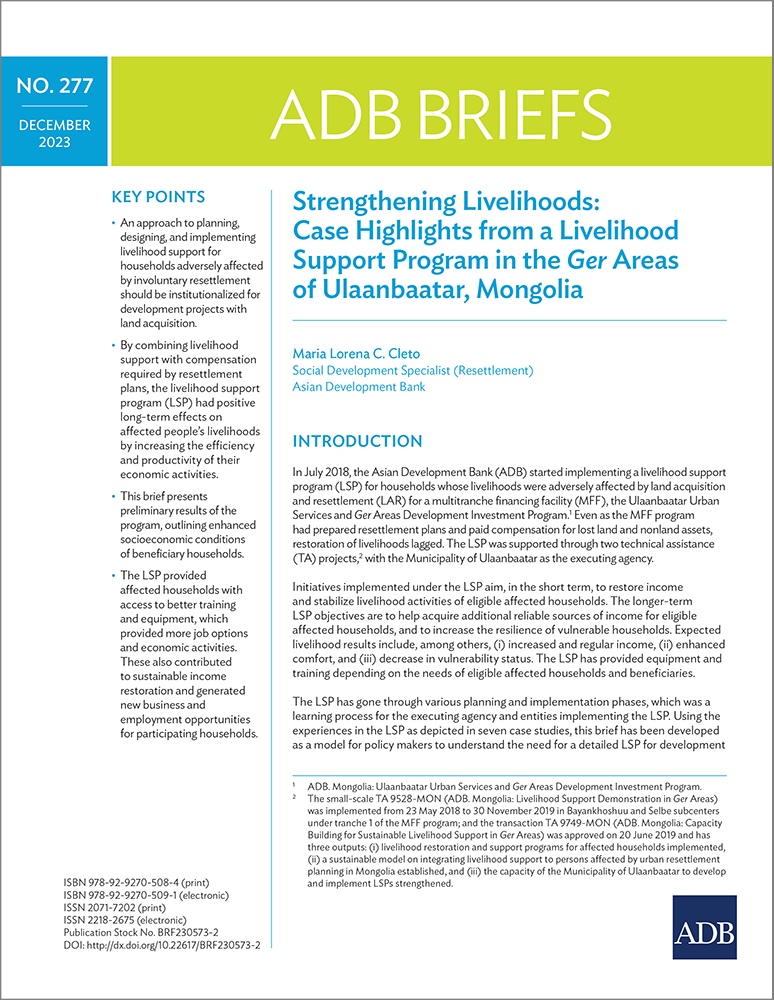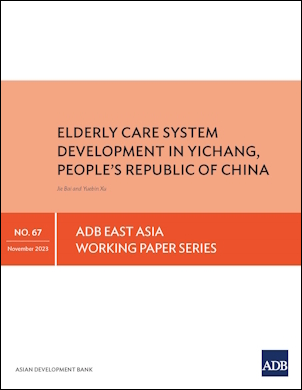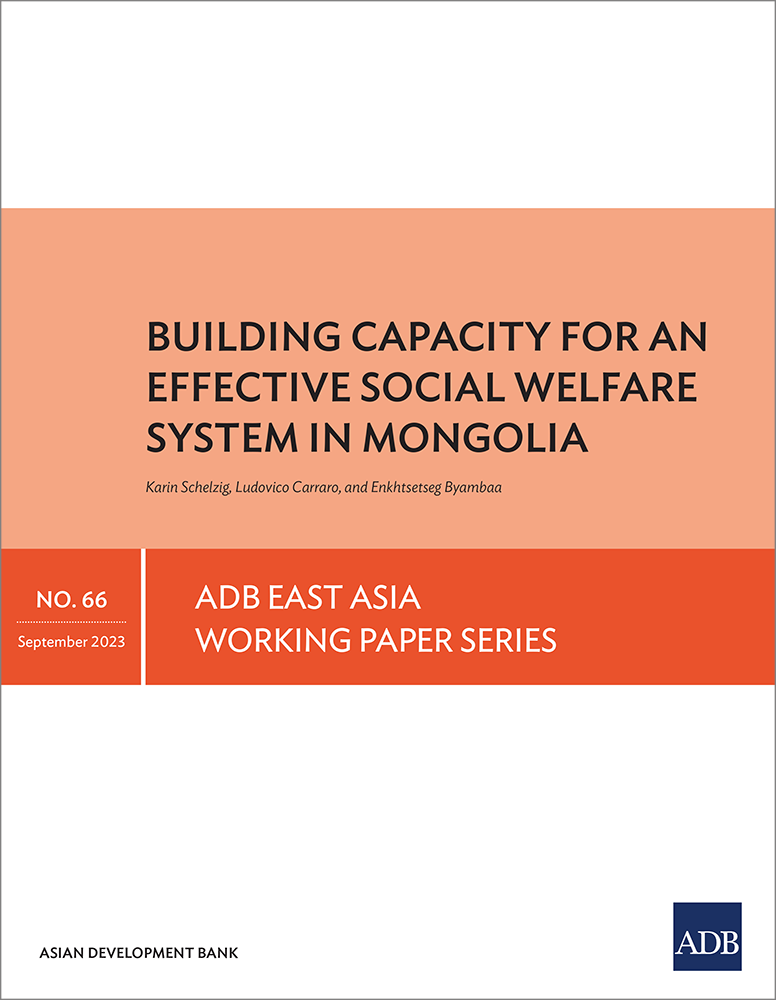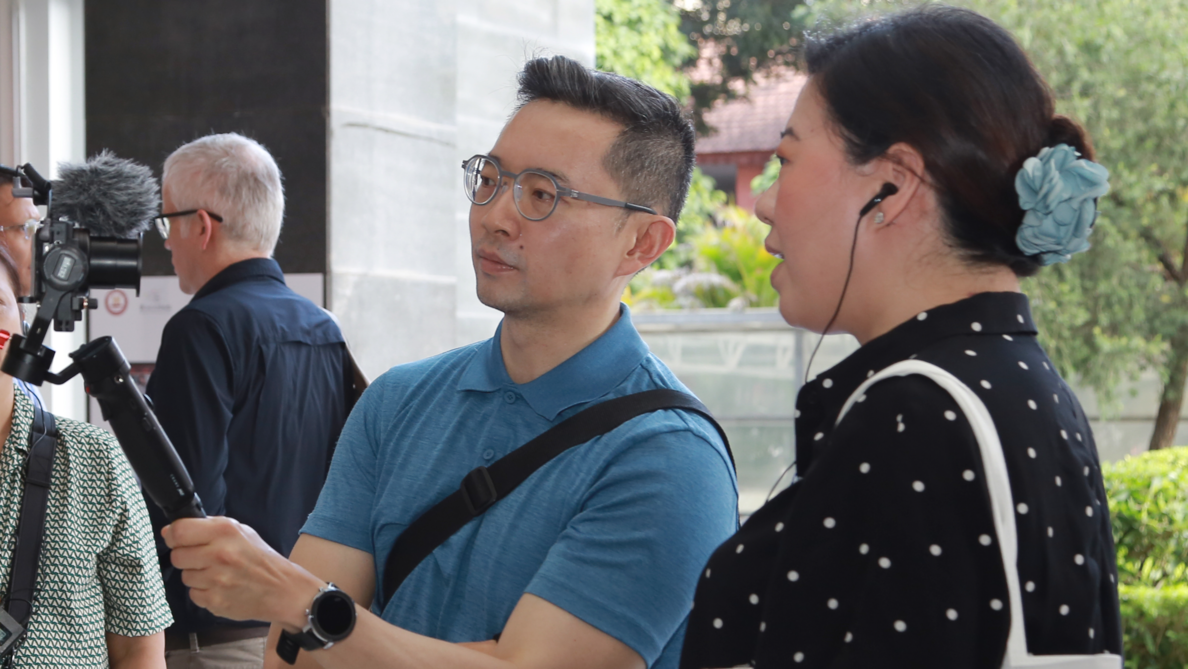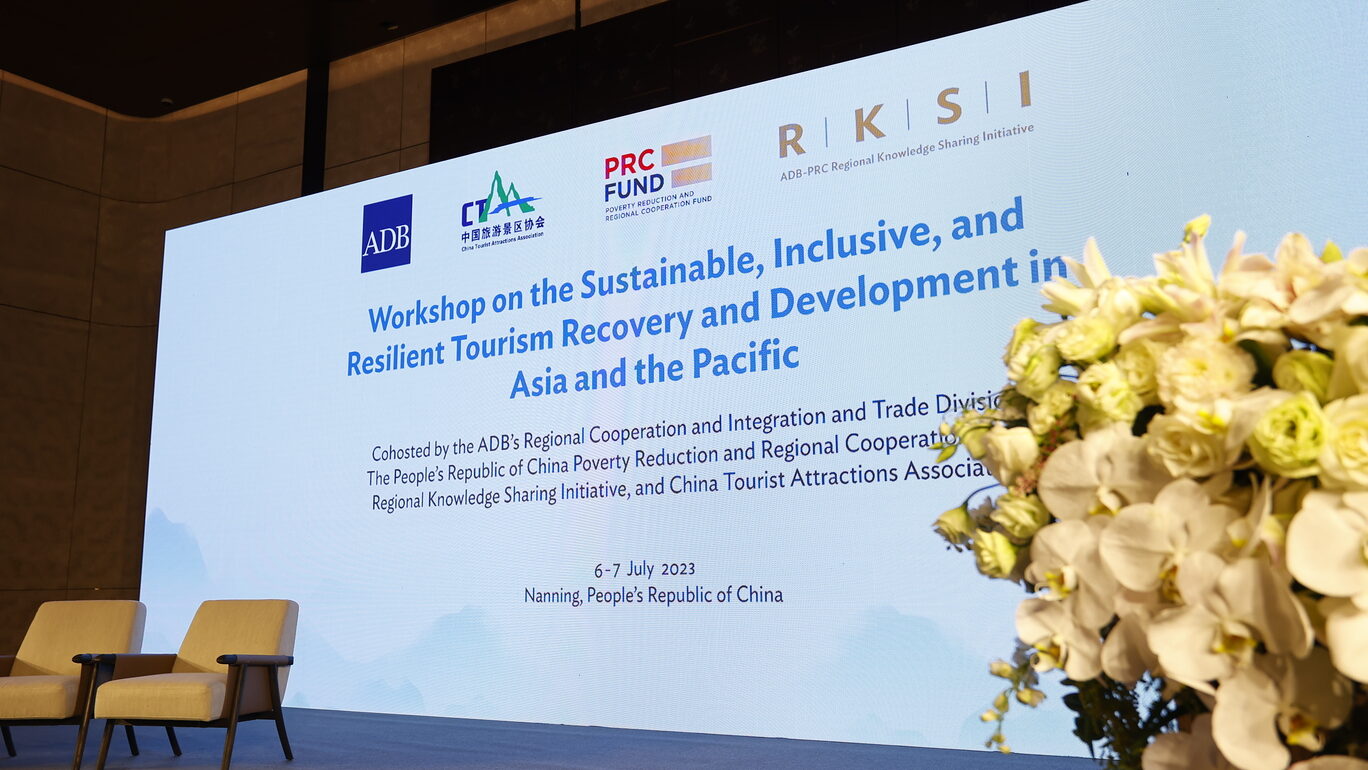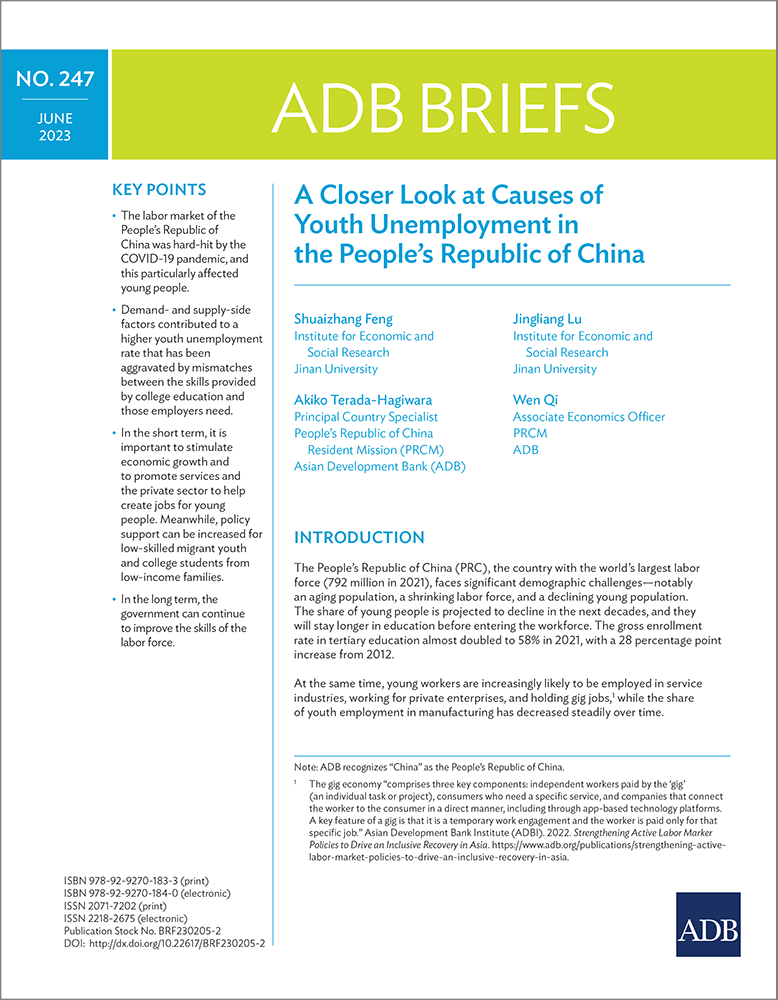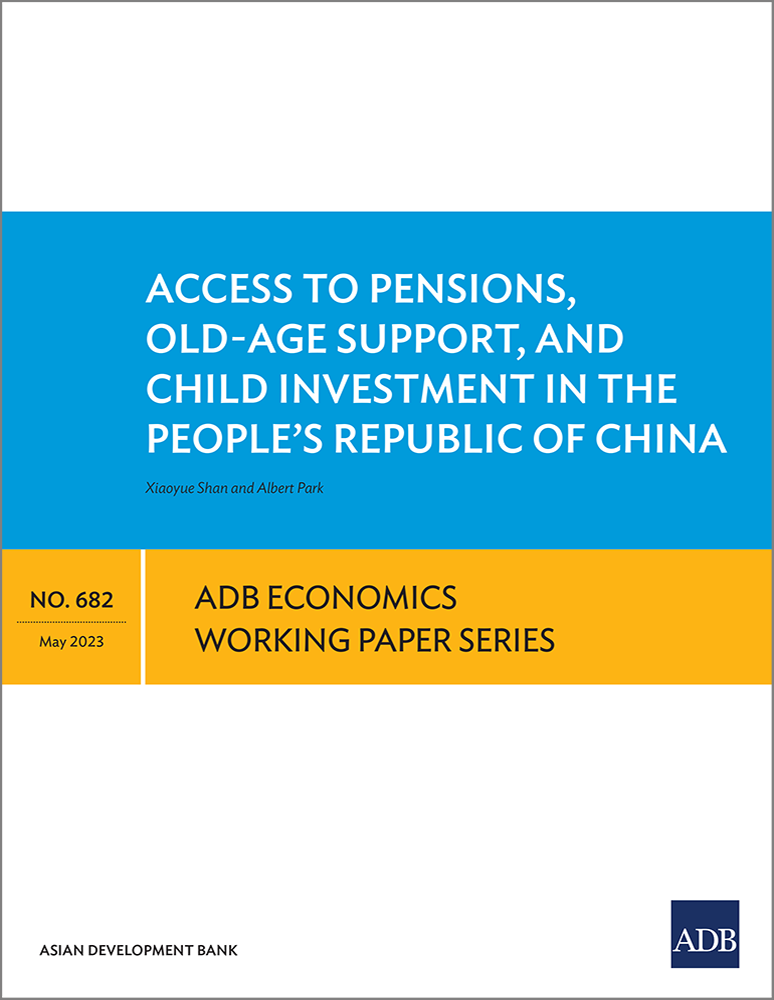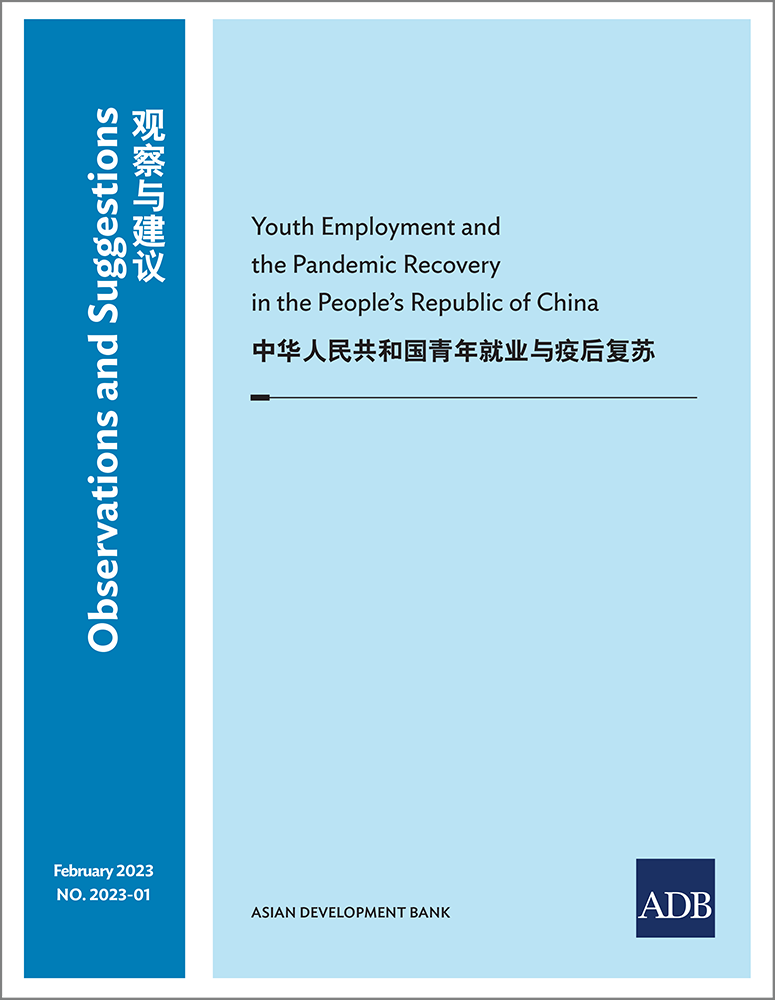Context
Fast urbanization, migration of youth from rural to urban areas, and the one-child policy weakened traditional family support systems, which provided care for older relatives in the country.
The PRC government’s Twelfth Five-Year Plan (2011–2015) supported the creation of a three-tiered elder care system with home care as base, community care as support, and institution-based care as supplement. In line with international trends, this system values “aging in place” (seniors live in their own home and community), de-institutionalization, and active aging.
The country’s Thirteenth Five-Year Plan (2016–2020) seeks to expand coverage and enhance the quality of elder care services by developing the capacity of the private sector and civil society organizations to play a greater role.
Challenge
In 2020, there were 14.81 million people over 60 years old in Hebei. However, there were only 1,721 residential elder care centers with 214,000 available beds, which could only serve 1.3% of the projected demand.
This situation was further aggravated by insufficient staffing and inadequate skills of caregivers at county, township, and village levels, as most of the licensed caregivers are concentrated in urban residential districts. Mainly family members or community caregivers took care of older people. In five counties, the average profile of caregivers was rural female, aged 35–60 years old, and less educated. There were also no standardized training programs for both institutional and family caregivers in these areas.
Solutions
As an aging society, Hebei has a strong desire to identify strategies, models, and partnerships that can deliver affordable and quality elder care services that address diverse needs.
The technical assistance component of the Hebei project sought to promote and expand the three-tiered health care system by delivering module-based trainings that cover a variety of topics through an online communications app for wider access by family, community, and institutional caregivers at county, township, and village levels. These trainings were designed to build their capacity to provide basic services to older people who require daily care from chronic and geriatric diseases, rehabilitation, and dementia-related support.
Leveraging the use of a popular app
WeChat, a popular messaging and social media application in the PRC, was used as a knowledge dissemination platform to livestream the training and demonstration videos. The content was provided by the leading elder care residential institutions in Beijing and delivered by experts in the field to help caregivers learn new skills and upgrade professional standards. Chat groups were created to facilitate questions to experts. Caregivers can also request interactive sessions with the trainers through this app. The use of this platform made capacity building more convenient and less costly than face-to-face training.
Upon completion of the technical assistance, Yanshan University took over this service model and expanded the training scope to include geriatrics, health maintenance, and functional rehabilitation.
Building a monitoring and assessment platform
An information and communications technology (ICT) platform was built to monitor and assess the quality of elder care in She and Shuangluan counties, which are located in the economically less-developed parts of Hebei. They were selected based on the demand of the local civil affairs bureau.
The evaluation criteria for elder care institutions are based on national standards and further segmented into detailed assessment categories, such as hygiene and sanitation, food safety, quality of medical and health care, and contract management. The appointed evaluators visit each residential care center in the counties, complete the evaluation results online, and then upload the evaluation results through the platform. Once submitted, the evaluators cannot change the submitted data. The assessments guide the elder care institutions and the civil affairs bureau in identifying bottlenecks and required improvements.
Results
- The project planted the seeds to enable innovative solutions and practices for delivering and scaling up quality elder care services.
- The WeChat livestreams reached more than 250,000 viewers, which would have been difficult to achieve in a face-to-face setup given the limitations brought by the coronavirus disease (COVID-19) pandemic.
- Data from the monitoring and assessment platform led to more accurate gap analysis and improved the operational efficiency, safety, and quality of services and contract management for the residential elder care centers in She and Shuangluan counties.
- The project provided roadmaps and recommendations for the voluntary sector as a resource to expand the scope and provision of elder care services.
Lessons
- Innovative technologies, such as mobile communications apps, play a crucial role in building smart communities. They can be leveraged as a knowledge-sharing tool to help train and educate people from different locations at the same time. ICT platforms can also be utilized for efficient data analysis and management to help authorities make evidence-based interventions.
- It is important to differentiate the needs and challenges of the target populations to achieve maximum impact. For instance, in a less developed area, the focus should be on urgent basic needs, such as providing the minimum number of beds required in a village or county and establishing the fundamentals for developing a “silver economy” for its aging population. In more advanced areas, the needs of the aging urban population will require a different approach and project design.
